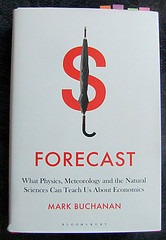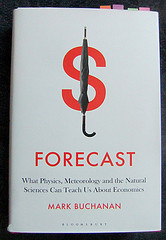Physics Electricity at HelpWithAssignment.com

Physics Electricity
We have a primitive experience of electricity when we rub a comb over a piece of cloth and find that bits of paper will then stick to it. At a slightly less primitive level a battery powers a flashlight or a transistor radio.
In the rubbing experiment, two kinds of electric charges are evoked. One is a positive charge and the other is a negative charge. The positive charge occurs due to the loss of electrons and the negative charge occurs due to the addition of electrons between the interacting materials. It is an important fact that matter is made up of two kinds of charges. And these charges are the basis for electricity, that it can ‘flow’. We call a flow of electricity an electric current. The most primitive source of electric current is battery. The first batteries as Voltaic cells, named after the Italian physicist who invented them, Alessandro Volta. These consisted of plates of two different metals in a weak acid solution. Positive charges in the liquid tended accumulate on one plate, while negative charges on the other. If a wire, which we normally call a conductor is then used to connect the two plates, charge will flow through the wire in such a way as to neutralize the accumulated charges.
Maxwell tended to think of the flow of electricity in a wire as a flow of liquid through a tube i.e. electricity was regarded as a kind of fluid. Now a question of the balance of these positive and negative forces occurs. It is interesting to know that the strength of the electric forces is much more in fact hundreds of billions of times stronger than gravitation. But, we see that gravitation is the most dominant forces on earth. So, from this it is evident that matter is very stable at the atomic level i.e. the positive force from the protons is cancelled out by the negative force of the electrons. And we know that in any atom the number of protons is equal to the number of electrons.
The next big discovery is the connection between electricity and magnetism. Though magnetism and electricity were known to humans since a very long time, nobody ever suspected that both of them were interconnected. It was by Oersted, who found that electricity had a peculiar effect on magnetism. He noticed that his magnetic needle was deflected by the electricity flowing from a nearby wire. He also noticed that the closer the needle got to the wire the higher it was being deflected.
The connection of electricity and magnetism came as a surprise to many scientists of that day. Particularly to Michael Faraday. He expressed saying, “it appeared extraordinary that as every electric current was accompanied by a corresponding intensity of magnetic action at the right angles of the current, good conductors of electricity, when placed within the sphere of this action, should not have any current induced through them, or some sensible effect produced equivalent in force to such a current.”
Albert Frank is a Phd holder from an Ivy League university and has been with www.HelpWIthAssignment.com for the last seven years. He is engaged in providing Online tutoring and assignment help services to students from K-12, college and University.
